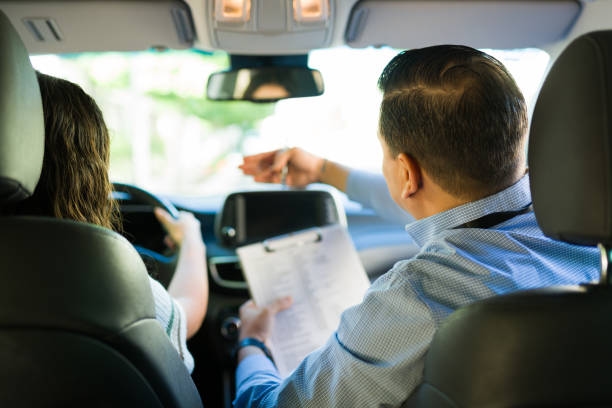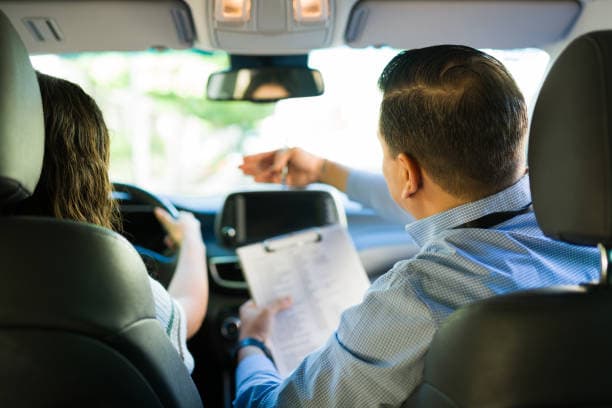Passing your DMV vision test is a crucial step in obtaining or renewing your driver’s license. A clear vision ensures road safety for you and other drivers. In this guide, we’ll walk you through everything you need to know to pass the test confidently.
What is the DMV Vision Test?
The DMV vision test assesses your ability to see clearly at various distances, recognize road signs, and detect peripheral motion. This test ensures that all drivers meet the minimum vision standards required to operate a vehicle safely.
Vision Test Requirements
- Visual Acuity: The ability to see details from a specific distance (measured as 20/40, 20/60, etc.).
- Peripheral Vision: Your ability to see objects to the side while looking straight ahead.
- Color Perception: Some states may test your ability to differentiate colors, especially traffic lights.
Most states require at least 20/40 vision in one or both eyes (with or without corrective lenses) to pass the test. If you don’t meet these requirements, you may need corrective measures such as glasses or contact lenses.
How to Prepare for the DMV Vision Test
1. Schedule an Eye Exam
If you haven’t had an eye exam in a while, visit an optometrist before your DMV test. They can assess your vision and provide corrective lenses if needed.
2. Rest Your Eyes Before the Test
Avoid straining your eyes before the exam. Minimize screen time and get a good night’s sleep to prevent eye fatigue.
3. Practice with an Eye Chart
Download a standard Snellen eye chart and practice reading it from 20 feet away. This will help you gauge your current visual acuity.
4. Use Proper Lighting
Good lighting reduces eye strain. Ensure that the test environment is well-lit, just like during your DMV visit.
5. Wear Your Prescription Lenses
If you require glasses or contacts, wear them during the test. If your vision improves with correction, the DMV will note that you must wear them while driving.
6. Blink and Relax
Blinking frequently keeps your eyes moist and improves focus. Don’t stare too hard at the screen or eye chart during the test.
What Happens if You Fail the DMV Vision Test?
Failing the vision test doesn’t mean you can’t drive. The DMV may require you to:
- Submit an eye exam report from an optometrist.
- Wear corrective lenses while driving (noted on your license).
- Take additional vision tests or restrictions may be placed on your license.
Tips for Those with Poor Vision
- Use high-quality prescription lenses.
- Consider vision therapy if you struggle with focusing.
- Maintain eye health by eating a diet rich in vitamin A and omega-3s.
- Adjust car settings like mirrors and dashboard lighting for better visibility.
Final Thoughts
Passing your DMV vision test is straightforward with proper preparation. Keep your vision in check, practice with an eye chart, and visit an eye specialist if necessary. With these tips, you’ll improve your chances of passing the test and securing your driver’s license.
Need professional help with eye exams? Visit your local optometrist to ensure your vision meets DMV standards before your test!









